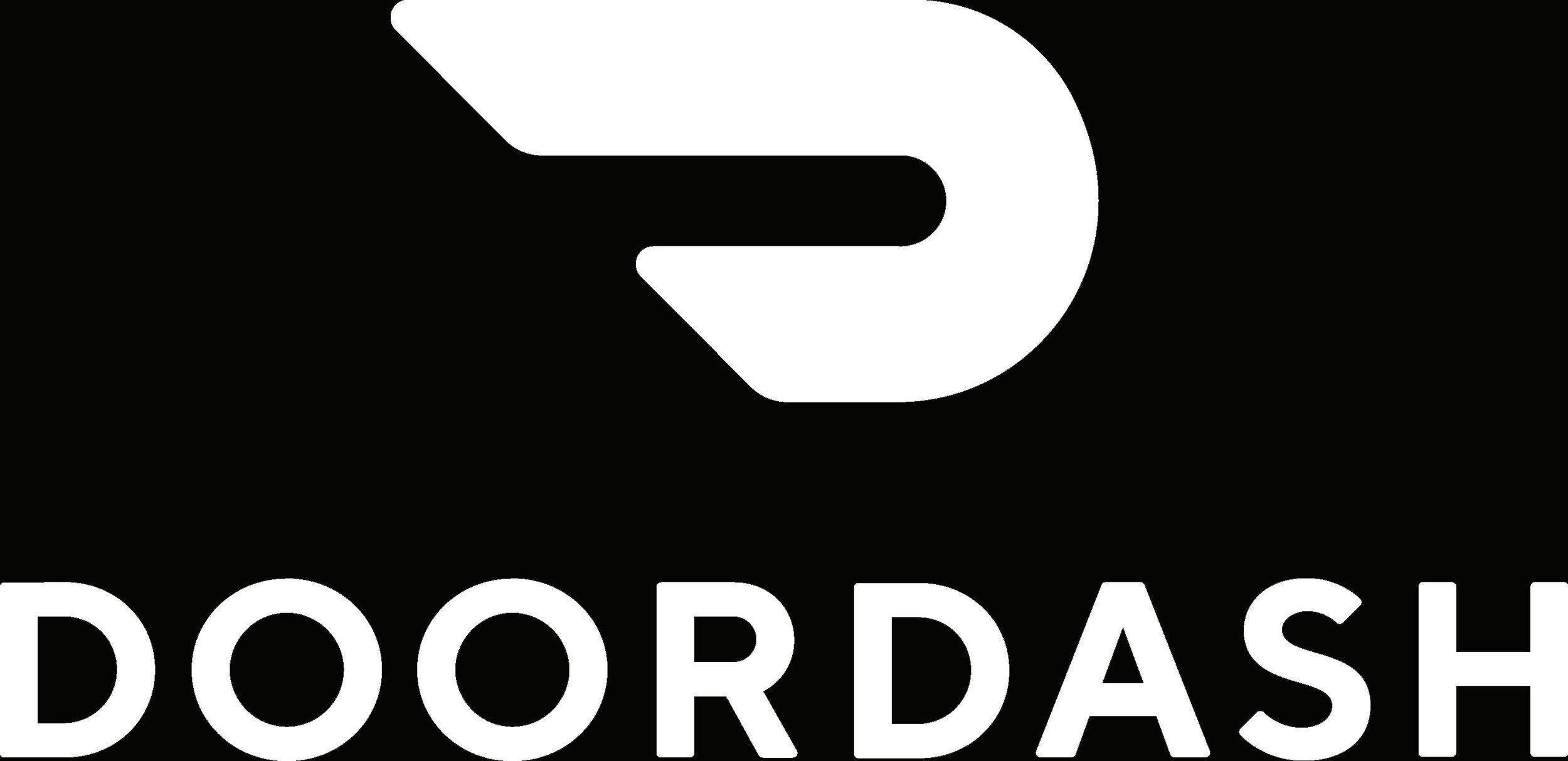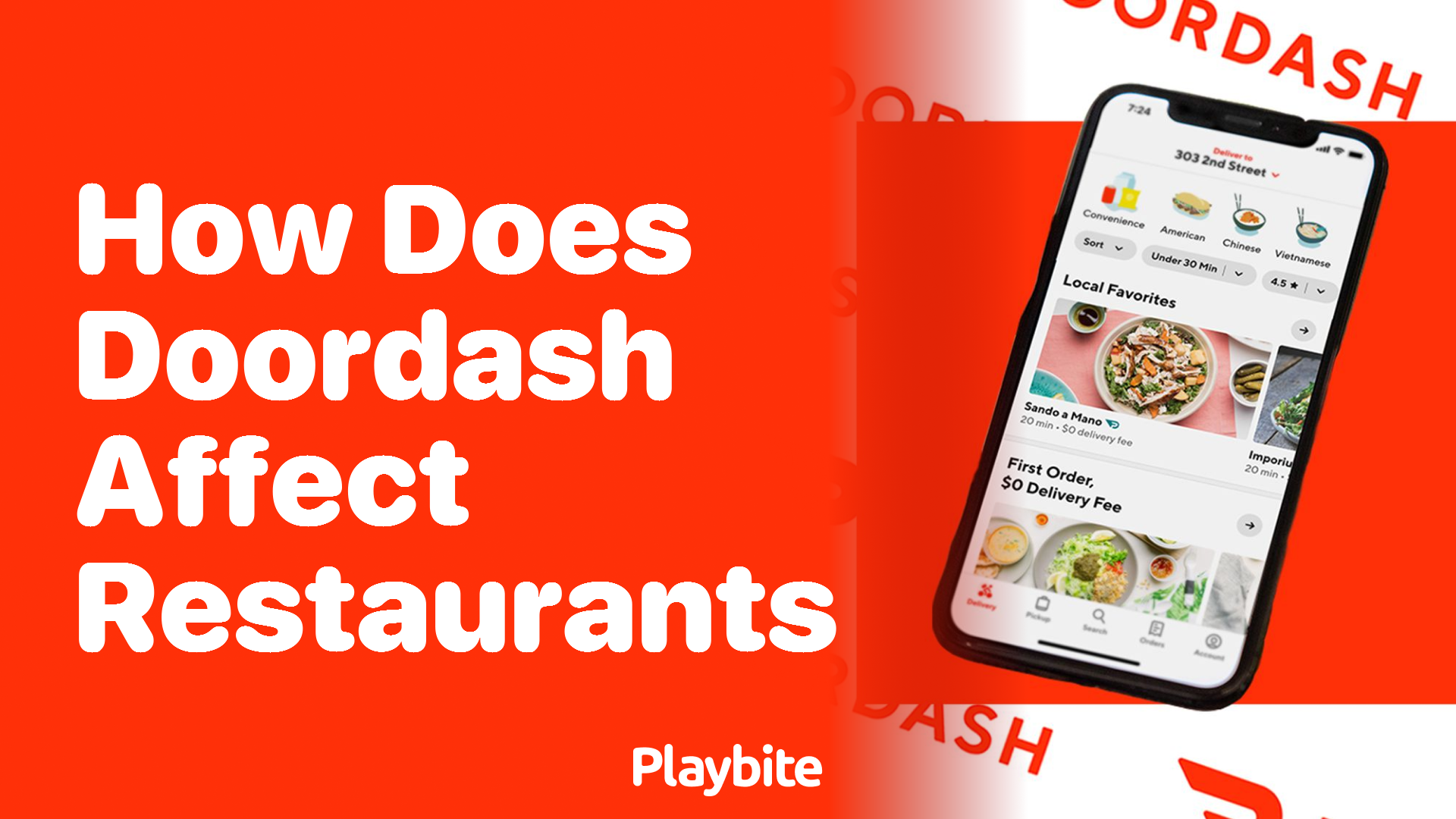Delivery wars are heating up, and two giants are leading the charge: Doordash and Uber. If you're a driver or a business owner wondering which platform pays more, you're in the right place. Both services have their unique perks and drawbacks, but what really makes one better than the other? Let's dive in and uncover the truth.
When it comes to food delivery, everyone wants to know which platform will bring in the big bucks. Whether you're driving for extra cash or managing a business trying to decide which service to partner with, the question remains: What makes more Doordash or Uber? The answer isn't as simple as you might think.
We're going to break this down into bite-sized chunks, from earnings potential to customer satisfaction, and even throw in some insider tips. By the end of this, you'll have all the info you need to make an informed decision. So, buckle up and let's get started.
- How Old Is Taylor Swifts Brother Unveiling The Fascinating Story Behind The Scenes
- Crhsi Rock The Ultimate Guide To The Rock Legend You Cant Miss
Why Compare Doordash and Uber?
Comparing Doordash and Uber isn't just about curiosity; it's about making smart choices. Both platforms offer food delivery services, but they operate differently. For drivers, the pay structure varies, and for businesses, the commission rates can be a dealbreaker. Understanding these differences is crucial if you're looking to maximize your earnings or optimize your business operations.
Key Factors to Consider
Before we dive into the nitty-gritty, here are some key factors to keep in mind when comparing Doordash and Uber:
- Earnings potential for drivers
- Commission rates for businesses
- Customer service and support
- Delivery efficiency and reliability
Each of these factors plays a significant role in determining which platform is better suited for your needs. Let's explore them one by one.
- How Much Simon Cowell Is Worth Unveiling The Net Worth Of A Music Mogul
- Orlando Brown Meth The Untold Story You Need To Know
Doordash vs Uber: Earnings Potential
Let's talk money, baby! When it comes to earnings potential, both Doordash and Uber have their pros and cons. Drivers on Doordash often report higher base pay, but Uber's surge pricing can be a game-changer during peak hours. It's like comparing apples and oranges, but we'll try to make sense of it all.
Doordash: The Pay Structure
Doordash offers a straightforward pay structure. Drivers earn a base rate per delivery, plus tips and bonuses for completing multiple deliveries in a short time. The platform also provides guaranteed minimum pay for certain deliveries, ensuring that drivers aren't left empty-handed.
According to a study by the National Bureau of Economic Research, Doordash drivers earn an average of $15-$20 per hour, depending on location and time of day. But remember, this is just an average, and your mileage may vary.
Uber: The Surge Factor
Uber, on the other hand, relies heavily on surge pricing to incentivize drivers during busy periods. This means that during peak hours, drivers can earn significantly more than their base pay. However, the downside is that surge pricing isn't always predictable, and drivers might find themselves waiting around for the next surge.
A survey conducted by the rideshare company itself revealed that Uber drivers earn an average of $18 per hour, but again, this can fluctuate based on demand and location.
Commission Rates: Who Charges More?
For businesses, the commission rates charged by Doordash and Uber can make or break a partnership. Doordash typically takes a commission of 15-30% per order, while Uber Eats charges around 25-35%. These percentages might seem small, but they can add up quickly, especially for high-volume businesses.
Doordash: Transparent Pricing
Doordash prides itself on transparent pricing. Businesses know exactly what they're paying upfront, with no hidden fees. This transparency can be a relief for business owners who are tired of surprise charges.
Additionally, Doordash offers a subscription model called "Doordash Drive," which allows businesses to pay a flat fee for unlimited deliveries. This can be a cost-effective solution for businesses with a steady stream of orders.
Uber Eats: The Hidden Fees
Uber Eats, on the other hand, has been criticized for its lack of transparency when it comes to fees. While the base commission rate is similar to Doordash's, businesses often report unexpected charges for things like marketing and promotions.
Despite these drawbacks, Uber Eats offers a larger customer base in some areas, which can offset the higher fees for businesses with a strong demand.
Customer Service and Support
Customer service is a crucial factor in any business relationship. Both Doordash and Uber offer support for drivers and businesses, but the quality of service can vary.
Doordash: Dedicated Support Teams
Doordash has dedicated support teams available 24/7 to assist with any issues. Whether it's a delivery gone wrong or a payment dispute, drivers and businesses can reach out for help at any time. This level of support can be a lifesaver during hectic periods.
Uber Eats: The Self-Service Approach
Uber Eats takes a more self-service approach to customer support. While they do offer a help center with FAQs and troubleshooting guides, the lack of direct human interaction can be frustrating for some users. That said, their app does have some nifty features that make it easier to resolve common issues on your own.
Delivery Efficiency and Reliability
When it comes to delivery efficiency, both platforms have their strengths and weaknesses. Doordash prides itself on its "DashPass" program, which offers free delivery for subscribers. Uber Eats, meanwhile, boasts a vast network of drivers that can handle large volumes of orders during peak times.
Doordash: The DashPass Advantage
The DashPass program is a game-changer for customers who order frequently. For a flat monthly fee, subscribers get free delivery on all their orders. This can lead to increased customer loyalty and repeat business for partner restaurants.
Uber Eats: The Network Effect
Uber Eats benefits from the network effect, meaning that the more users and drivers on the platform, the faster and more reliable the service becomes. This can be a huge advantage in busy urban areas where demand is high.
What Makes More Doordash or Uber: The Final Verdict
So, what makes more Doordash or Uber? The answer depends on your specific needs and circumstances. For drivers, Doordash might offer more consistent earnings, while Uber's surge pricing can lead to higher pay during peak hours. For businesses, Doordash's transparent pricing and subscription model might be more appealing, but Uber Eats' larger customer base could drive more sales.
Key Takeaways
- Doordash offers higher base pay and guaranteed minimums for drivers.
- Uber's surge pricing can lead to higher earnings during peak hours.
- Doordash charges lower commission rates and offers transparent pricing.
- Uber Eats has a larger customer base in some areas.
Call to Action
Now that you have all the info, it's time to make a decision. Whether you're a driver looking to maximize your earnings or a business owner trying to choose the right partner, the choice is yours. Leave a comment below and let us know which platform you think makes more sense for you. And don't forget to share this article with your friends and colleagues who might be interested in the delivery game.
Table of Contents
- Why Compare Doordash and Uber?
- Doordash vs Uber: Earnings Potential
- Commission Rates: Who Charges More?
- Customer Service and Support
- Delivery Efficiency and Reliability
- What Makes More Doordash or Uber: The Final Verdict
- Call to Action
Remember, the delivery landscape is always evolving, so stay tuned for more updates and insights. Until next time, keep hustling and delivering success!
- Crhsi Rock The Ultimate Guide To The Rock Legend You Cant Miss
- Billie Eilish Images Your Ultimate Visual Guide


